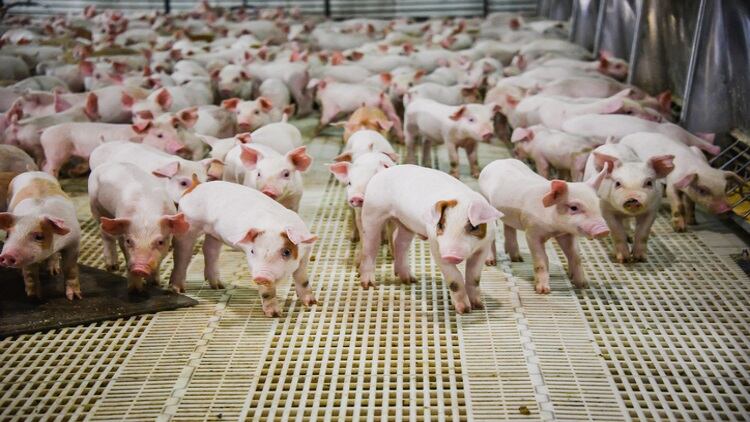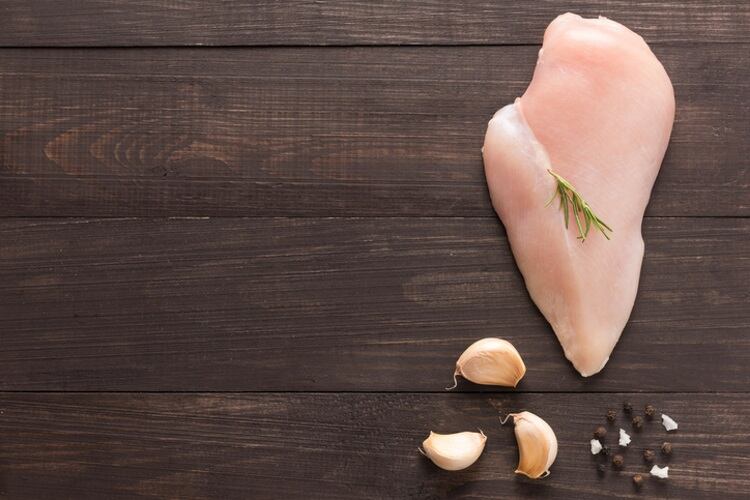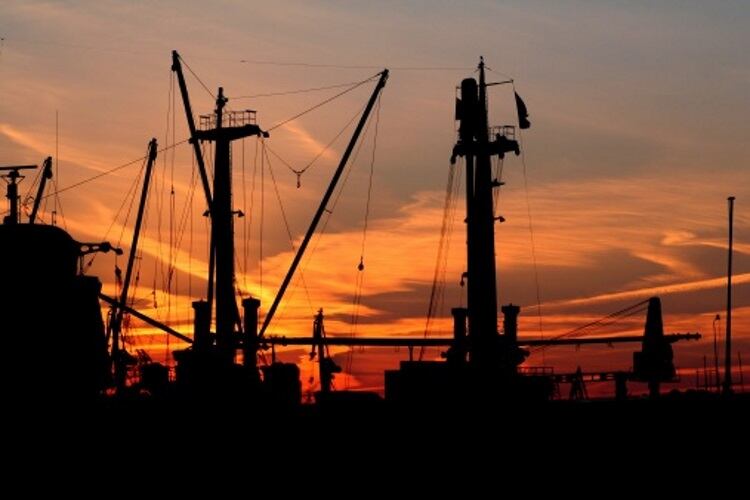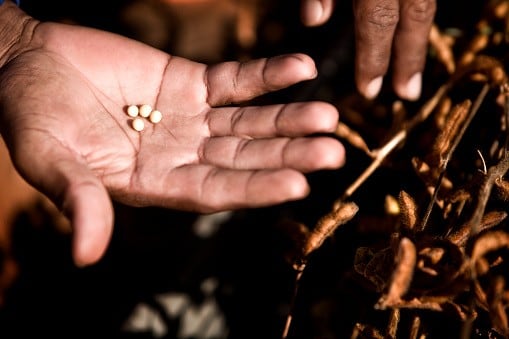Speaking at an industry conference in Moscow, Yuri Kovalev, chairman of the Russian Union of Pork Producers, forecast that with this growth, the overall Russian pork production was expected to reach 4.4 million t by 2022.
While the big commercial producers would see production rise by 1.1 million t from 2017 to 2022, in the smallholdings sector there would be a decline in output of around 200,000t, Kovalev estimated.
He believed the main growth in the industry would be provided by the projects implemented by the top 20 companies. Their joint share of production was currently cited as close to 63%, while in 2022 this figure was forecast to reach 76%.
This was in line with the global trends, as in most developed countries the top 20 biggest pig producers account for 80% of the overall country’s pork production and this didn't necessarily indicate a monopolisation of the market, Kovalev explained.
In total, investments into the Russian pig industry would be close to RUB379bn (US$5.62bn) in the period from 2017 to 2022, Kovalev claimed. More than half of this amount would be allocated by the top three companies, Miratorg, Rusagro and Cherkizovo. Miratorg alone planned to invest RUB100bn (US$1.5bn) in expanding its production capacities, he said.
Kovalev said the upcoming increase in production would push down prices on the domestic market, and this was expected to give an additional impetus to the increase in demand for pork among Russian customers.
“In the next four years, there will be a growth in demand of around 1.5% per year, so by 2022 the Russian pork market will add 300,000t, compared to the level seen in 2017,” he added.
In 2019, Russia would be likely to increase pork imports, primarily due to the rise in supplies from Brazil. In 2020, however he expected Russia to move away from the current quota-based system and subject all pork imports to a 25% import duty. At least some of the new production quantities would be used to replace import supplies, which would shrink as the result, Kovalev said.
In addition, the Russian Union of Pork Producers said it expected pork exports from Russia to increase by 200,000t to 300,000t in the next four years, according to Kovalev. Basically, it was important that all projects were being implemented in stages and this meant that even if “something goes wrong” and there would be no room for new quantities, a part of the projects could be delayed, he added.
There was no clarity on many factors affecting the demand for the Russian pork. In particular, it was hard to predict the consequences of the African swine fever epidemic in China, as well as the possibility of introducing new sanctions against Russia, Kovalev concluded.




